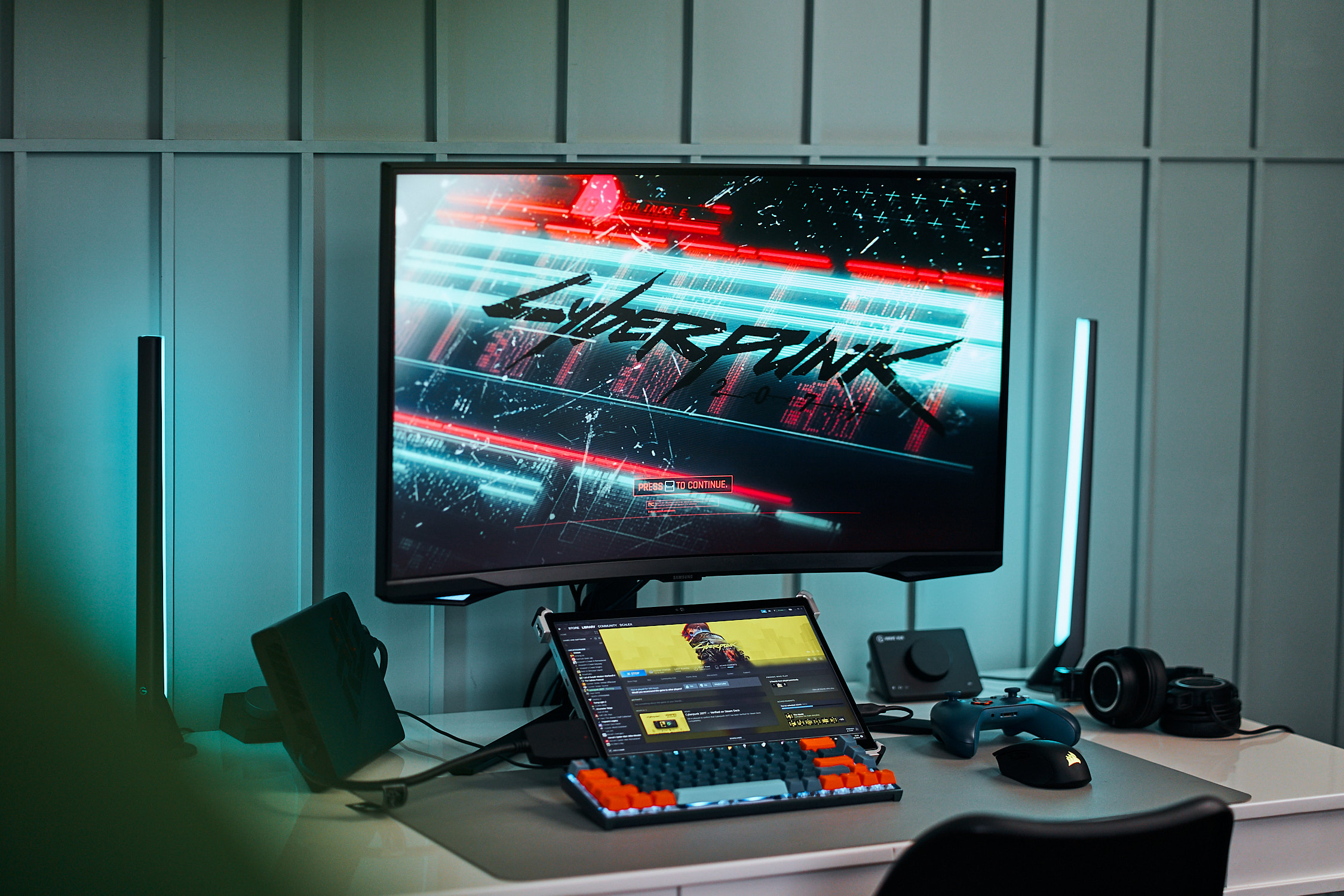
Now that we have dealt with the technical aspects, the question remains how the monitor performs in gaming and all other classic monitor applications.
One thing in advance: While VA panels enjoy the advantage of a much higher contrast range compared to standard IPS displays, this is at the expense of color separation, especially in dark image areas. The screen content simply does not look as differentiated as on IPS panels, or even the OLED competition. However, this is quite a subjective perception, and you should decide for yourself whether it is a drawback.
Apart from that, the Odyssey knows how to please in many genres. Fast shooters benefit from the high refresh rate and short response times (assuming a potent graphics card), and especially story games in HDR are displayed with a lot of detail due to the high resolution.
All games shine due to the enormous contrast range, and even if the maximum brightness may not be quite convincing in larger bright areas, highlights, explosions and effects are impressively displayed.
As with all mini-LED monitors, blooming (an over-radiation of smaller light sources into neighbouring image areas) is definitely an issue, but with well over 1000 dimming zones, the effect is only very weakly pronounced on the Neo G7 and doesn’t interfere with the gameplay at all.
The strong curvature is also quickly forgotten in the heat of the moment, and you actually have more of a feeling of being in the game than just sitting in front of it!
If you leave the dimming zones in “Auto” mode, the backlight on the desktop behaves like a classic single-zone variant and thus halos around menus or at sharp contrast edges aren’t an issue here either.
We can only conditionally recommend the Neo G7 for content creators, despite the good color reproduction. Especially for photos, the aforementioned problem of contrast reproduction in VA panels prevents professional use. For color-critical applications, you should therefore rely on a second monitor with IPS or OLED illumination.
Source link
 notebook.co.id informasi dan review notebook laptop tablet dan pc
notebook.co.id informasi dan review notebook laptop tablet dan pc